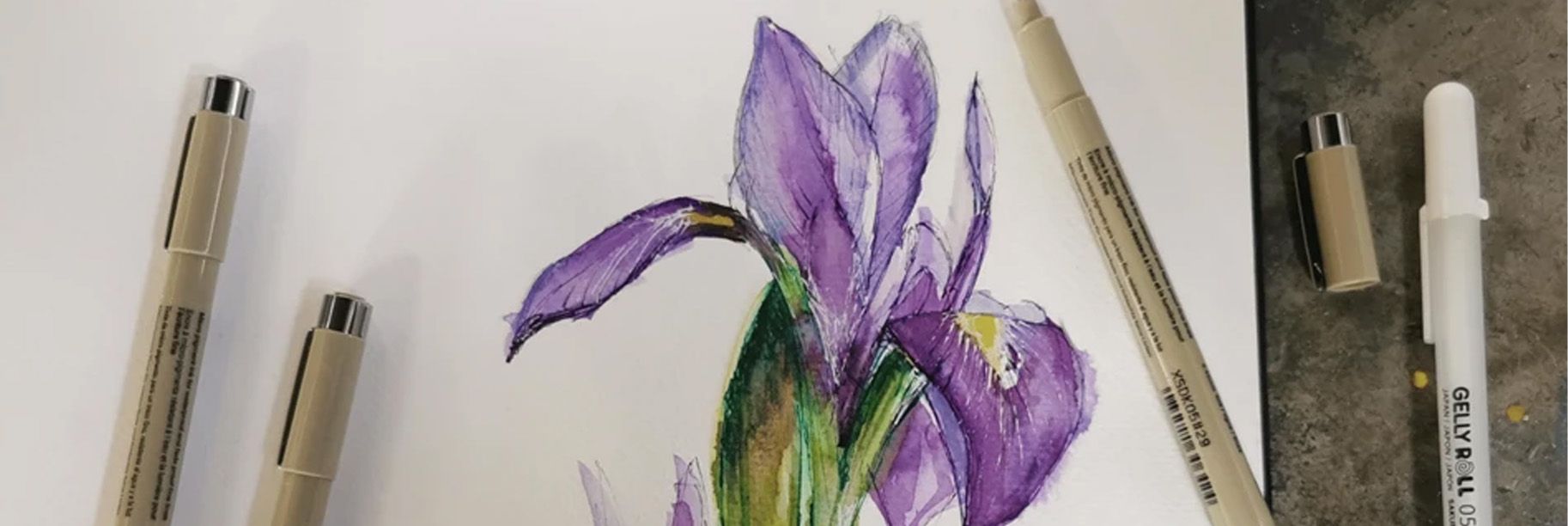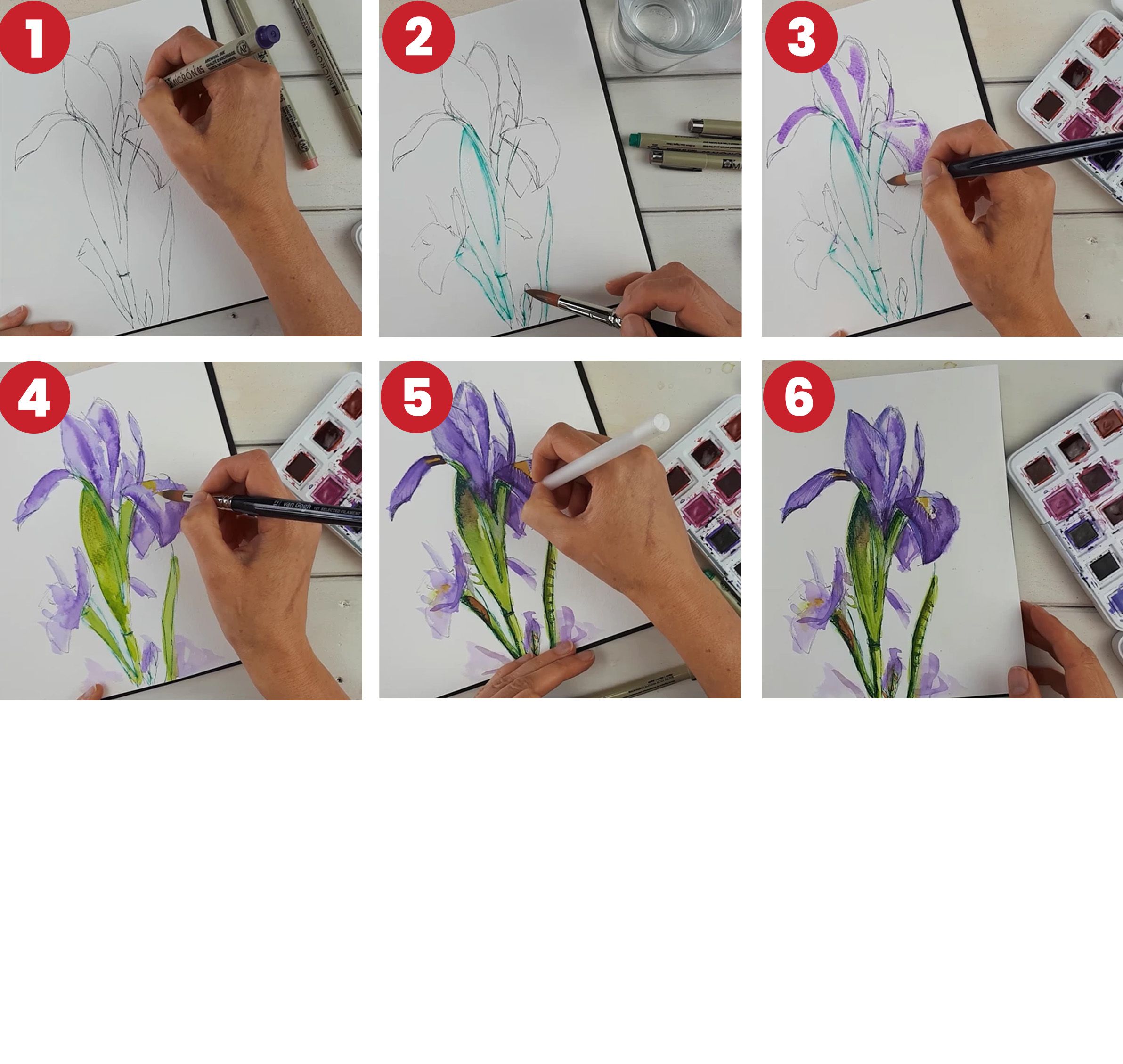Shop Now
- Copic
-
Painting
-
Paint
- Acrylic
- Oil Colour
- Water Mixable Oil
- Gouache
- Watercolour
- Decorative
-
Inks
- Atelier Acrylic Inks
- Sakura Oil Printing Colours
-
Permaset Screenprinting Ink
-
Permaset Aqua Standard
- Permaset Aqua Standard 100ml
- Permaset Aqua Metallic 100ml
- Permaset Aqua Standard 300ml
- Permaset Aqua Glow 300ml
- Permaset Aqua Metallic 300ml
- Permaset Aqua Standard 1Lt
- Permaset Aqua Process Colours 1Lt
- Permaset Aqua Glow 1Lt
- Permaset Aqua Metallic 1Lt
- Permaset Aqua Standard 4Lt
- Permaset Aqua Process Colours 4Lt
- Permaset Aqua Glow 4Lt
- Permaset Aqua Metallic 4Lt
- Permaprint Premium
- Permaset Aqua Supercover
- Screenprinting Sets
- Print Paste
- Screenprinting Accessories
-
Permaset Aqua Standard
- Amsterdam Acrylic Inks
- Mediums
- Canvas and Surfaces
- Brushes and Tools
-
Paint
-
Drawing
- Markers
- Pens
- Pencils
- Pastels
- Inks
- Drawing Surfaces
- Accessories
- Surfaces
- MABEF Easels
- Craft & Cutting
- Adhesives & Tape
- Display & Storage
- Framing Supplies
- Monumental Masons
- Talens
- Tutorials
- X-Press It
- Acrylic Paint
- Acrylic Pouring
- Art
- Art Creations
- Australian Artist
- Blending
- Chroma
- Cobra Water Mixable Oil Colours
- Colour Mixing
- Copic
- Deco Tape
- Double Sided Tape
- Drawing
- Ecoline
- Fineliners
- Gel Pens
- Gelly Roll
- Hand Lettering
- Koi Watercolours
- Lightfastness
- Mixed Media
- Oil Painting
- Oil Pastels
- Paint Markers
- Painting
- Pastels
- Pencils
- Permanent Markers
- Pigma Micron
- Pouring Art
- Rembrandt
- Sakura
- Soft Pastels
- Solvent Free Oil Painting
- Step By Step Tutorials
- Storage
- Talens
- Tips & Techniques
- Van Gogh
- Watercolour Brush Pens
- Watercolours
- X-Press It Craft
- Metal Leaf
- Glue
- Adhesives
- Alcohol Markers
- Copic Sketch
- Copic Classic
- Copic Ciao
- Copic Ink
- Airbrushing
- Refillable
- Alcohol Ink Art Techniques
Irises
Flowers and plants are popular subjects for watercolour paintings due to their flowing shapes and bright colours. But how do you create a botanical watercolour painting?
In this step-by-step plan, Siona, our colleague from the Royal Talens Experience Centre shows us how to create a botanical watercolour painting using coloured Sakura Pigma Micron fineliners and Van Gogh watercolours. Learn how to construct a flower and how to create beautiful colour transitions.
What you need:
- Watercolour Journal A4
- Sakura Pigma Micron fineliners 05 in various colours
- Van Gogh watercolour pocket box in Pinks & Violets and Shades of Nature
- Watercolour brushes
- Sakura Gelly Roll in white
Step 1:
Pick a reference photo of the flowers you want to draw or better yet, take a photo yourself. Siona decided to draw irises, as those were in bloom at the time.
Now sketch your flowers onto the paper using different colours of the Pigma Micron fineliners. In this case, Siona used green for the stem and purple for the flower itself, but it of course depends on the flower you choose to draw.
Step 2:
Wet your watercolour brush with clean water and apply the water to the areas you want to paint. If you don’t want the lines of the fineliners to bleed, make sure you wait for the Pigma Micron ink to dry completely.
Step 3:
Now you can start applying your water colours. Start with the darkest part of the leaves and dry your brush. Spread out the paint you just applied using your dry brush, this ensures you get a beautiful colour transition without applying too much paint. Use two or three different colours to add some interesting dimension to your painting. Remember that you don’t have to add colour to every single part of the flower, it works better to keep parts white.
TIP: Did you accidentally apply too much paint? Clean and dry your brush and go over the area that has too much colour. If the paint is still wet, the brush should absorb it. You could also use a dry paper towel, but this doesn’t offer the same level of control.
Step 4:
Even though watercolours aren’t waterproof, you can still work in layers! Wait until your paint has dried completely before carefully applying a second layer with a little water.
Step 5:
Add some finishing touches using fineliners for definition and shade. Use the white Gelly Roll to apply some highlights and fine lines.
Step 6:
This completes your botanical watercolour painting! We hope this tutorial inspires you to try recreating your favourite flowers! If you do try this out, don’t forget to share your results using #royaltalensau, we would love to see your creation!
This step-by-step plan was created by our colleagues over at the Royal Talens Experience Centre.



